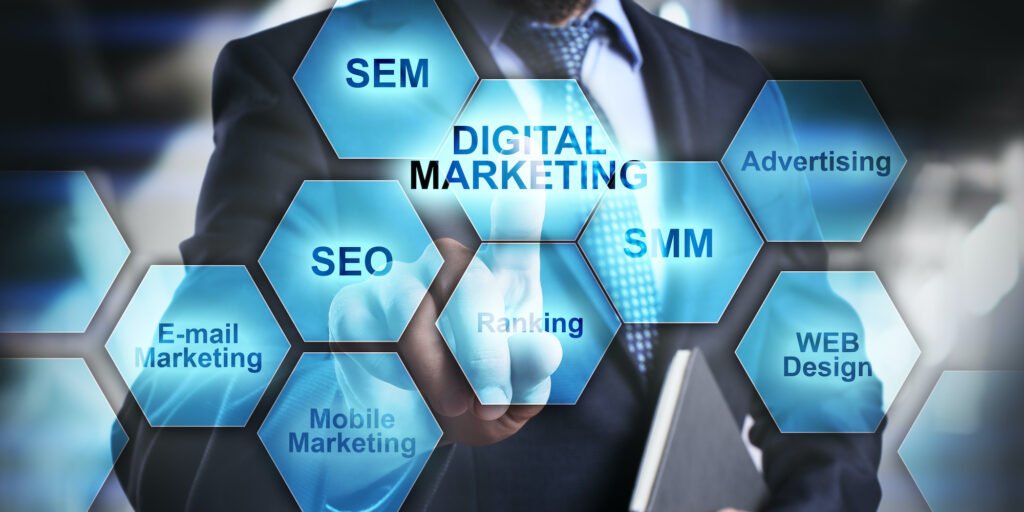|
Getting your Trinity Audio player ready...
|
In today’s fast-paced digital landscape, understanding the intricacies of digital marketing is paramount for businesses striving to stay ahead of the curve. From SEO to social media strategies, decoding the art of digital marketing can empower businesses to effectively reach their target audience and drive tangible results. Let’s delve into the multifaceted world of digital marketing and unravel its mysteries.
Understanding Digital Marketing
Digital marketing encompasses a broad spectrum of online tactics and channels aimed at promoting products or services. Building brand awareness, and driving customer engagement. It leverages digital technologies such as the internet, social media platforms, mobile devices. Search engines to connect with potential customers in a highly targeted manner.
Key Components of Digital Marketing
Search Engine Optimization (SEO)
SEO involves optimizing a website’s content, structure, and HTML code to improve its visibility in search engine results pages (SERPs). By targeting relevant keywords and enhancing website authority through link building, businesses can increase organic traffic and rank higher in search engine rankings.

Content Marketing
Content marketing revolves around creating and distributing valuable, relevant, and consistent content to attract and retain a defined audience. This may include blog posts, articles, videos, infographics, and other multimedia assets designed to educate, entertain, or inspire potential customers.
Social Media Marketing
Social media marketing entails leveraging social media platforms such as Facebook, Twitter, Instagram, LinkedIn, and TikTok to connect with audiences, build brand awareness, and foster community engagement. Effective social media strategies involve understanding the nuances of each platform, creating engaging content, and interacting with followers to cultivate brand loyalty.
Email Marketing
Email marketing involves sending targeted messages to a list of subscribers with the goal of promoting products or services, nurturing leads, and driving conversions. Personalized email campaigns, segmented based on user preferences and behavior. Can yield higher open and click-through rates, ultimately driving revenue and customer loyalty.
Pay-Per-Click (PPC) Advertising
PPC advertising allows businesses to bid on keywords and display ads prominently in search engine results or on relevant websites. By paying only when a user clicks on their ad, advertisers can drive targeted traffic to their website and maximize return on investment (ROI) through careful keyword selection, ad copy optimization, and bid management.
Measuring Success and Analytics
One of the greatest advantages of digital marketing is the ability to track and analyze performance metrics in real-time. Through tools like Google Analytics, businesses can monitor website traffic, user engagement. Conversion rates, and other key performance indicators (KPIs) to evaluate the effectiveness of their digital marketing efforts and make data-driven decisions for future campaigns.
Conclusion
Deciphering the intricacies of digital marketing is essential for businesses looking to thrive in the digital age. By embracing a holistic approach that incorporates SEO, content marketing, social media, email campaigns. PPC advertising, businesses can unlock the full potential of marketing to reach and engage their target audience. Drive conversions, and achieve sustainable growth in an ever-evolving digital landscape.

